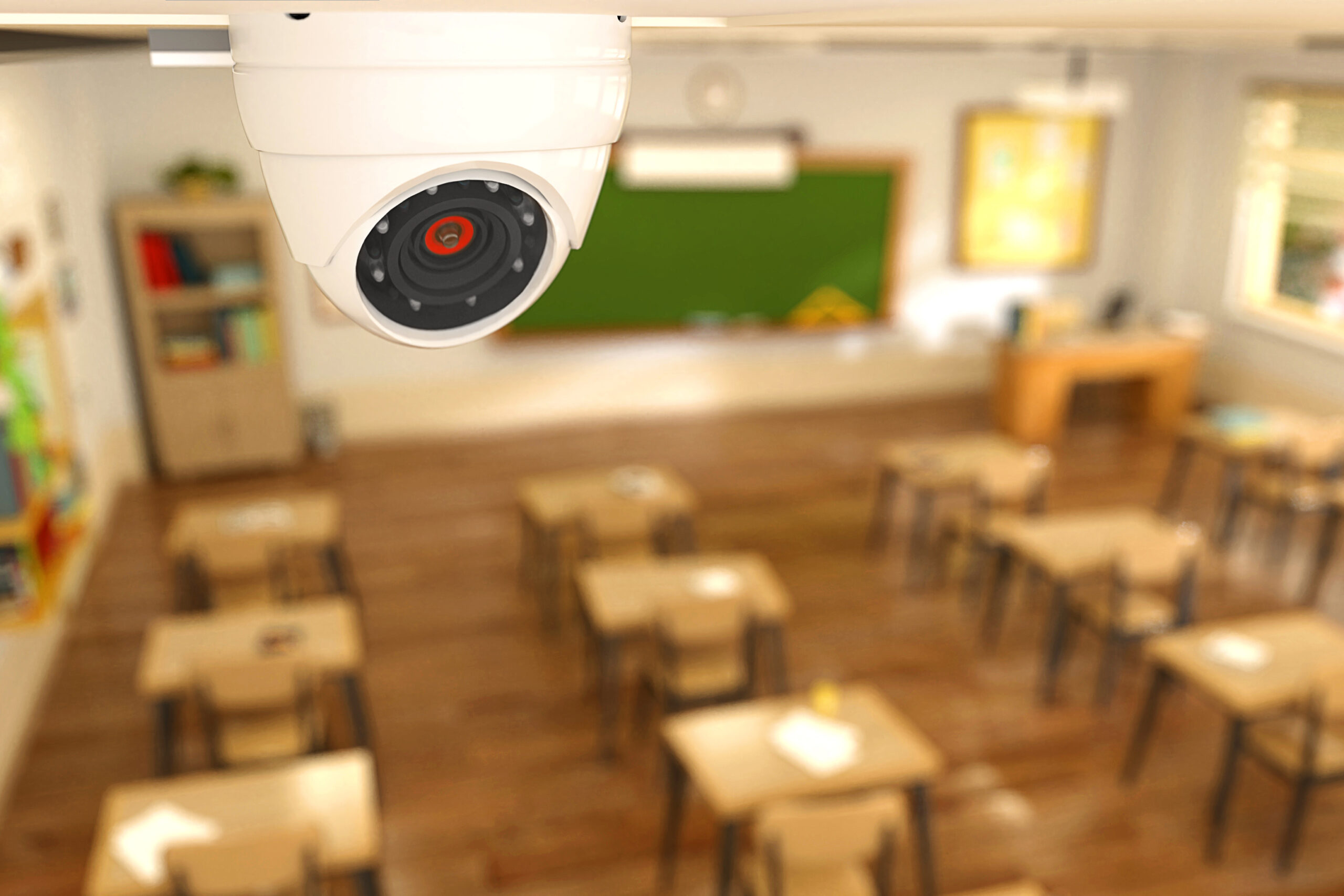A key provision in the SECURE 2.0 Act that took effect January 1 could be a game-changer for employers looking to assist workers with student debt while also bolstering retirement savings.
However, the benefit seems to have been largely overlooked so far by many companies.
The new legislation permits employers to match employees’ student loan payments with contributions to company-sponsored retirement accounts like 401(k) plans.
According to experts, this creative approach simultaneously tackles two major financial challenges facing many workers today – sizeable outstanding student debt and inadequate retirement savings.
Win-Win for Companies and Workers
The provision benefits both employers and employees by contributing matching funds to a worker’s retirement plan instead of paying down their student loans directly.
Workers make progress paying off student debt while also receiving retirement contributions and tax advantages. For companies, it can boost costly but low retirement plan participation rates.
Experts suggest this could be an extremely effective retention tool for companies struggling with turnover, especially among younger employees saddled with college debt.
Clearing Up Misconceptions
As with any new policy, there are some misunderstandings about exactly how the student loan retirement matching works:
Misconception 1: Matching Funds Go Towards Student Loans
Experts clarify the match does not pay down an employee’s student loan balance directly. The provision allows employers to contribute a match to the worker’s retirement plan account based on their student loan payment amount.
Misconception 2: Workers Must Choose Loan or Retirement Match
Employees can receive matching contributions from their employer for both retirement plan deferrals and student loan payments, maximizing the benefit according to consultants.
Misconception 3: Implementation Is Too Complex
While a new offering, experts say integrating student loan matching with existing retirement plan operations is straightforward. Technology providers have developed ways to automate setup to mirror processes for traditional retirement matches. One stated it is just an extension aligned with current procedures as intended by the legislative guidance.
For more Employee Benefits resources, contact INSURICA today.
Copyright © 2024 Smarts Publishing. This is not intended to be exhaustive nor should any discussion or opinions be construed as legal advice. Readers should contact legal counsel or an insurance professional for appropriate advice.
About the Author
Share This Story
Related Blogs
Enhancing School Security: Practical Strategies for Safer Campuses
Enhancing school security is one of the most pressing responsibilities for education leaders today. As school campuses evolve, so too must the systems that protect them. For administrators, safety professionals, and district decision-makers, creating a secure learning environment means taking a proactive, layered approach that includes physical security, training, technology, and community involvement.
5 Common Cybersecurity Mistakes and How to Avoid Them
All organizations, regardless of their size or industry, are at risk of being targeted by cybercriminals. These malicious actors can conduct cyberattacks, leading to significant financial, operational and reputational damage that can be difficult or impossible to recover from. Fortunately, solid cyber hygiene practices can reduce the likelihood of data breaches and other cyber incidents from occurring, and many of these practices are relatively low-cost and easy to implement.
Insurance Coverage Basics For Boatowners
A small boat, such as a canoe or other un-motorized boat, is typically covered under the personal property portion of your homeowners insurance policy. If you own a larger, faster boat, you'll need a separate boatowners insurance policy. A typical boatowners insurance policy is designed to protect your boat, motor, equipment, and passengers. It affords similar coverages to those you typically have for your car including:








